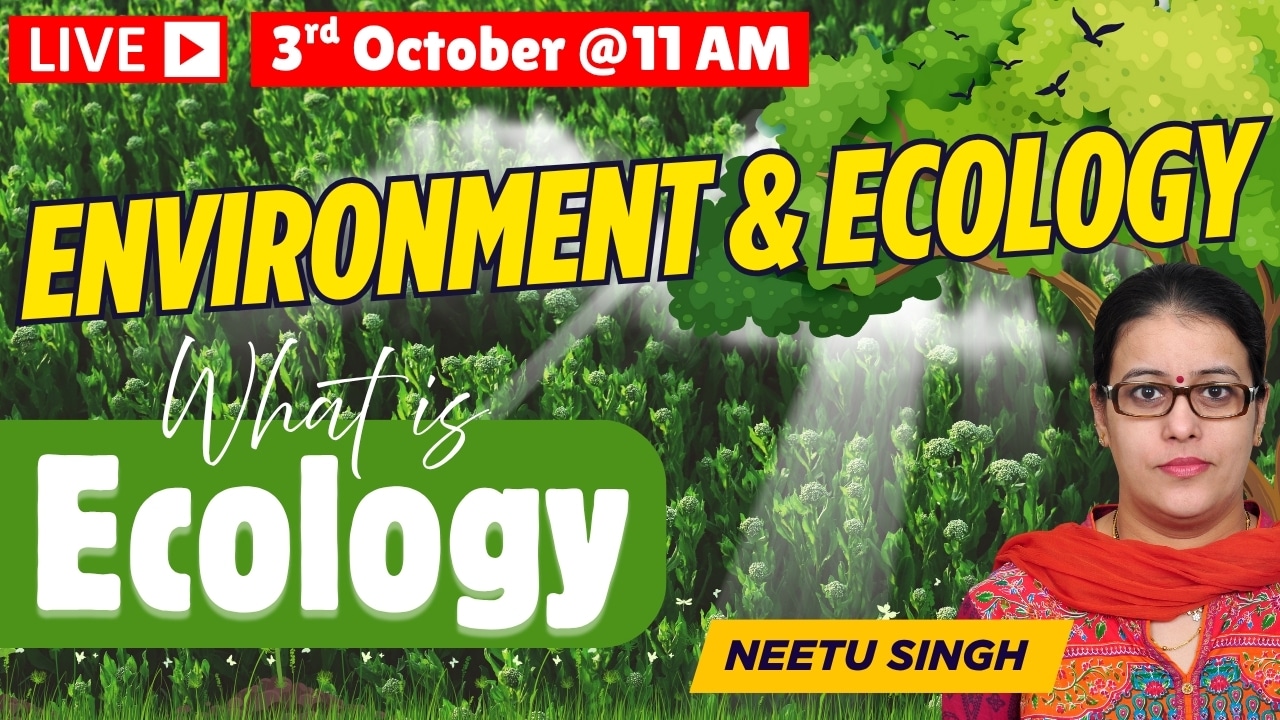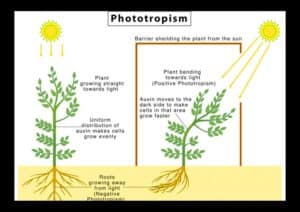
The word ecology is a combination of the Greek ‘oikos,’ for house, and ‘logy’ for knowledge. Literally translated, ecology means ‘the study of our house.’ Our house is planet Earth. Ecology is the study of every living thing in every environment, at every scale, from the bacteria living on your skin to a blue whale breaching in the Southern Ocean, It’s the ocean itself and everything in it. It’s vast and tiny, planet-wide and microscopic.
Organismal ecology is all about looking at how individual organisms are shaped—both physically and behaviorally—to thrive in their environments.
For example:
Population Ecology
Population ecology is the study of how the number of individuals of a particular species in a given area changes over time, and the factors that influence these changes.
It focuses on population size, density, distribution, and the processes such as birth, death, immigration, and emigration that regulate population dynamics.
Community ecology It’s the study of how different species interact within the same area and how those interactions shape the structure and dynamics of the community.
Types of interactions:
Competition (species competing for the same resources) Predation (one species feeding on another) Mutualism (both species benefit, like bees and flowers) Commensalism (one benefits, the other is unaffected) Parasitism (one benefits at the expense of the other) Consequences of interactions: Influence on species diversity and abundance Shaping of food webs and trophic structures Driving adaptations and co evolution Affecting ecosystem stability and resilience.
Ecosystem Ecology the study of communities to include both the living components (biotic) and the non-living physical and chemical factors (abiotic) in a given area. It examines how organisms interact with each other and with their environment, creating a dynamic system.
The environment simply refers to the surroundings without necessarily emphasizing those interactions.
Abiotic Factors
Physical Factors: Temperature: The level of heat or cold in an environment.
Water: The availability of water, including precipitation, and its properties like salinity and dissolved oxygen.
Light: The amount of sunlight available for processes like photosynthesis.
Soil: The type, composition, and nutrient content of the soil.
Atmosphere: Gases in the air, humidity, and wind patterns.
Elevation/Altitude: The height above sea level.
Chemical Factors:
pH: The acidity or alkalinity of the soil or water.
Salinity: The amount of salt in the water, especially relevant in marine ecosystems.
Nutrients: The mineral and organic compounds available in the soil or water.
Temperature
Temperature of the air and water affect animals, plants and humans in ecosystems. A rise in temperature has the potential to change the way a living thing develops, because it changes the metabolic rate of the organism. All living organisms have a tolerance level for temperature range. For example, a human being would die if he stood out in minus 50 degree temperatures for any length of time. Light exposure often affects the temperature. Areas with direct sunlight are warmer.
Homeothermic animals The term ‘homeo’ derives from Greek and means ‘same’ or ‘similar’. This is because the definition of a homeotherm is:
An animal or organism that maintains a relatively constant body temperature.The ability to maintain a relatively steady body temperature is due to internal physiological processes.
Since these process are internal, it means they are endothermic (i.e. their heat comes from within). Such processes allow the organism to maintain their bodily functions, even when the external environment changes drastically.
Traditionally, homeothermic animals have been known as ‘warm-blooded animals’.
Only birds and mammals are currently considered true homeothermic animals. There is an exception in the reptile group of animals, specifically the Argentine black and white tegu (Salvator merianae). This homeothermic lizard has some endothermic behavior, but also relies on environmental temperature for survival.
Poikilotherm animals The term ‘poikilo’ is also of Greek origin and means ‘varied’. In this case, the definition of a poikilotherm is: An animal or organism that has a considerably variable temperature.
The reason why poikilotherms have a highly variable temperature is because they cannot self-regulate it. Accordingly, their body temperature varies according to the environmental temperature. This means that poikilotherms are exothermic since their heat comes from external sources. It is for this reason they are known as ‘cold-blooded animals’, despite this being and imprecise description of their type of thermoregulation. Poikilothermic animals are exposed to various temperatures in their environment. Unlike homeotherms, poikilothermic animals can survive without eating for much longer periods. This is because they do not depend on metabolizing what they ear to maintain body temperature.
Light
Light is a complex environmental factor that produces diverse ecological effects. Light energy (sunlight) is the primary source of energy in nearly all ecosystems. It is the energy that is used by green plants (which contain chlorophyll) during the process of photosynthesis; a process during which plants manufacture organic substances by combining inorganic substances.
Photoperiodism can be defined as the relative lengths of daylight and darkness that effect the physiology and behaviour of an organism.
Phototropism is the directional growth of plants in response to light where the direction of the stimulus determines the direction of movement; stems demonstrate positive phototropism i.e. they came towards the light when they grow.
Plants which grow well in bright sunlight are called heliophytes (Greek helios, sun) and plants which grow well in shady conditions are known as sciophytes (Greek skia, shade ) can be defined as the relative lengths of daylight and darkness that effect the physiology and behaviour of an organism.

Salinity is an important abiotic factor because the normal functioning of animals depends on the regulation of the water and ions in their internal environment, which is influenced by the water and ions in their external environment . The relative concentration of salts inside organisms compared to their external environment affects biophysical processes such as diffusion and osmosis, which impacts chemical reactions including metabolism.